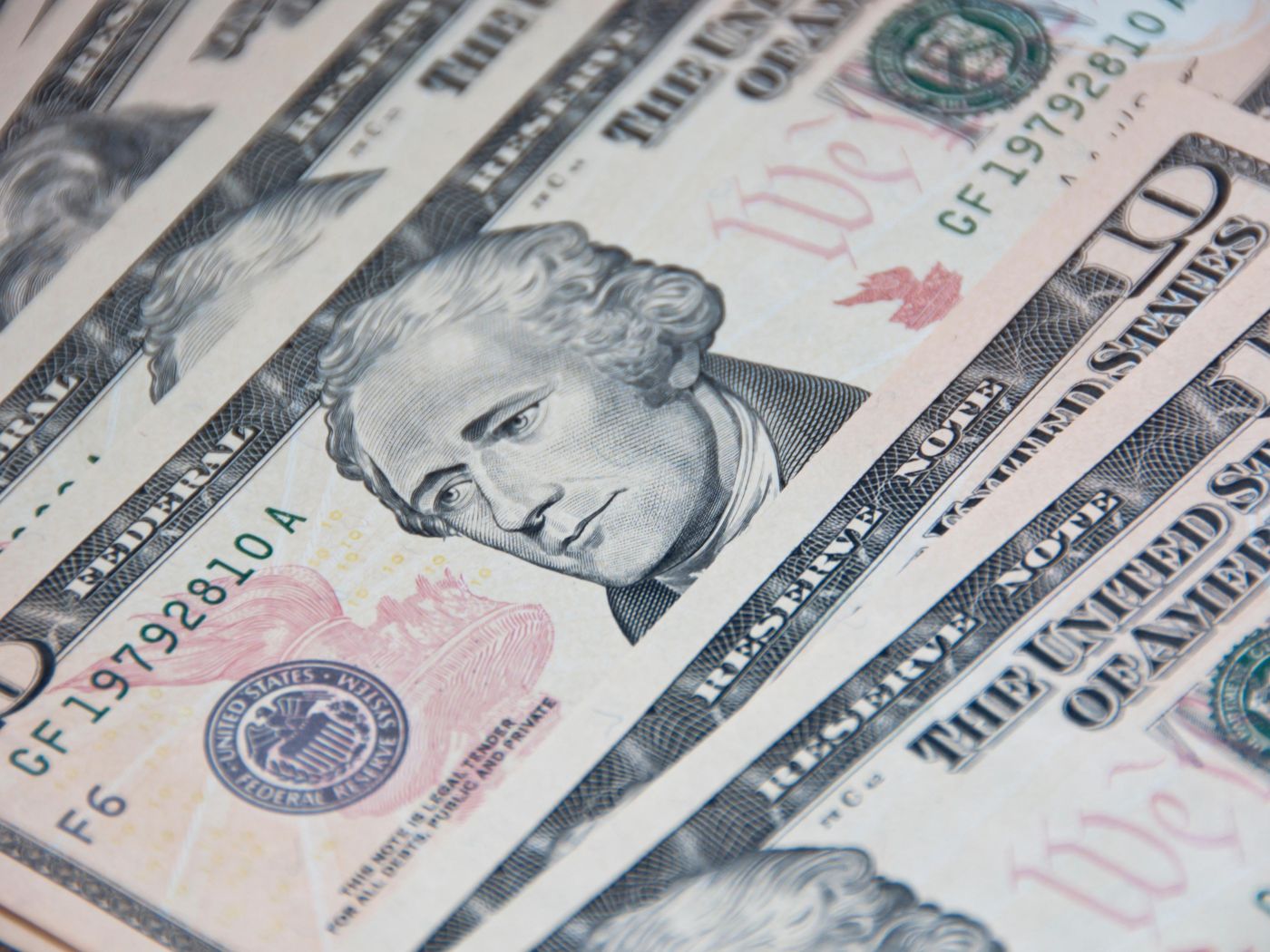How Did Hamilton Try to Establish Creditworthiness in His First Part of His 5 Point Plan
How Alexander Hamilton Tackled the National Debt
Facing $80 million in debt as Secretary of the Treasury, Alexander Hamilton got creative


In September 1789, President George Washington assigned Alexander Hamilton the task of solving the nation's debt. As Secretary of the Treasury, Hamilton had exactly 110 days to prepare a report on the nation's credit status, which he would present to Congress in January.
This was a daunting assignment, to say the least. Between foreign, domestic and state debts, the United States owed almost $80 million, due in large part to the pay and supply of the Continental Army. Current income from federal tariffs and excise taxes amounted to just $4.4 million, enough to cover current government operations. Adding to the complexity of his task, the French were now in trouble politically and financially, and an unknown number of original bond owners had sold their government debts to speculators.
All solutions seemed to have roadblocks. If Hamilton shrugged off the debt as a responsibility of the Confederation, no lender would ever loan to the U.S. again and the country would remain an agricultural appendage of Europe. If he paid only notes and debts still held by their original owners, he would threaten small merchants and open the government up to case-by-case decisions. And if he paid off the debt entirely, he would need to impose the kind of taxes that had sparked Shays' Rebellion two years prior.
When it came time to present to Congress, Hamilton suggested that the United States look at debt not as a problem, but as an asset. He proposed to fund the debt through a gradual schedule of dependable tax resources, assume state debts as a measure of good policy, and generate new revenue through western land sales and taxes on luxuries—notably, booze.
His report spurred an uproar. Original bond owners and speculators cannot be viewed as the same, cried James Jackson of Georgia! The whiskey tax would be "odious" to farmers, yelled Aedanus Burke of South Carolina! Others came to Hamilton's defense. "The science of finance is new in America, and perhaps the report's critics don't understand quite what they're asking for," said Fisher Ames of Massachusetts.
Debate raged until June, when finally the House passed a bill incorporating his recommendations. The Senate agreed a month later, and the effects on public credit were immediate. U.S. government securities tripled in value, thanks to the assurance that they would be funded, handing Americans $30 million in capitalization that had not existed before. Riding this wave, Hamilton decided to implement part two of his plan.
In December 1790, he submitted his proposal for a national bank. While his report would stabilize the nation's credit status, he said, the United States needed a bank to create an active economy. This proposal was met with an even fiercer round of critics. Here, James Madison parted company with Hamilton, arguing that the enumerated powers of the government did not include the authority to create a bank. Perhaps no one opposed Hamilton as vehemently as Thomas Jefferson. The new Secretary of State was so passionately anti-national bank that he wrote Washington a letter arguing his position. A bank, he penned, represented a boundless field of power and constitutional overreach.
Fortunately, while Jefferson had Washington's one ear, Hamilton had the other. Drafting his own letter to the President, he argued that there was a natural relationship between the institution of a bank and several enumerated powers of the government. For instance, the bank would act as an instrument to expedite the processing of receipts, collection of taxes and regulation of commerce. Above all, Hamilton said, to deny the power of the government to add ingredients to its plan would be to refine away all government.
After studying Hamilton's letter for a day, Washington signed the bill for a national bank on February 25, 1791. While a victory for Hamilton, it marked an ominous note of division in Congress. Fisher Ames, the representative from Massachusetts, astutely observed in a letter to a friend that an invisible line had formed between members of Congress through the ordeal, settling into something of a North-South divide:
"To the northward, we see how necessary it is to defend property by steady laws. Shays confirmed our habits and opinions. The men of sense and property, even a little above the multitude, wish to keep the government in force enough to govern.
At the southward… A debt-compelling government is no remedy to men who have lands and negroes, and debts and luxury, but neither trade nor credit, nor cash, nor the habits of industry, or of submission to a rigid execution of law.
They have continued antis, and have assiduously nursed the embryos of faction, which the adoption of the Constitution did not destroy. It soon gave popularity to the antis with a grumbling multitude. It made two parties."
This article is adapted from the "America's Founding Fathers" video series by The Great Courses Plus.
Click here for more stories and start your free trial today!
How Did Hamilton Try to Establish Creditworthiness in His First Part of His 5 Point Plan
Source: https://www.smithsonianmag.com/sponsored/alexander-hamilton-debt-national-bank-two-parties-1789-american-history-great-courses-plus-180962954/

0 Response to "How Did Hamilton Try to Establish Creditworthiness in His First Part of His 5 Point Plan"
Post a Comment